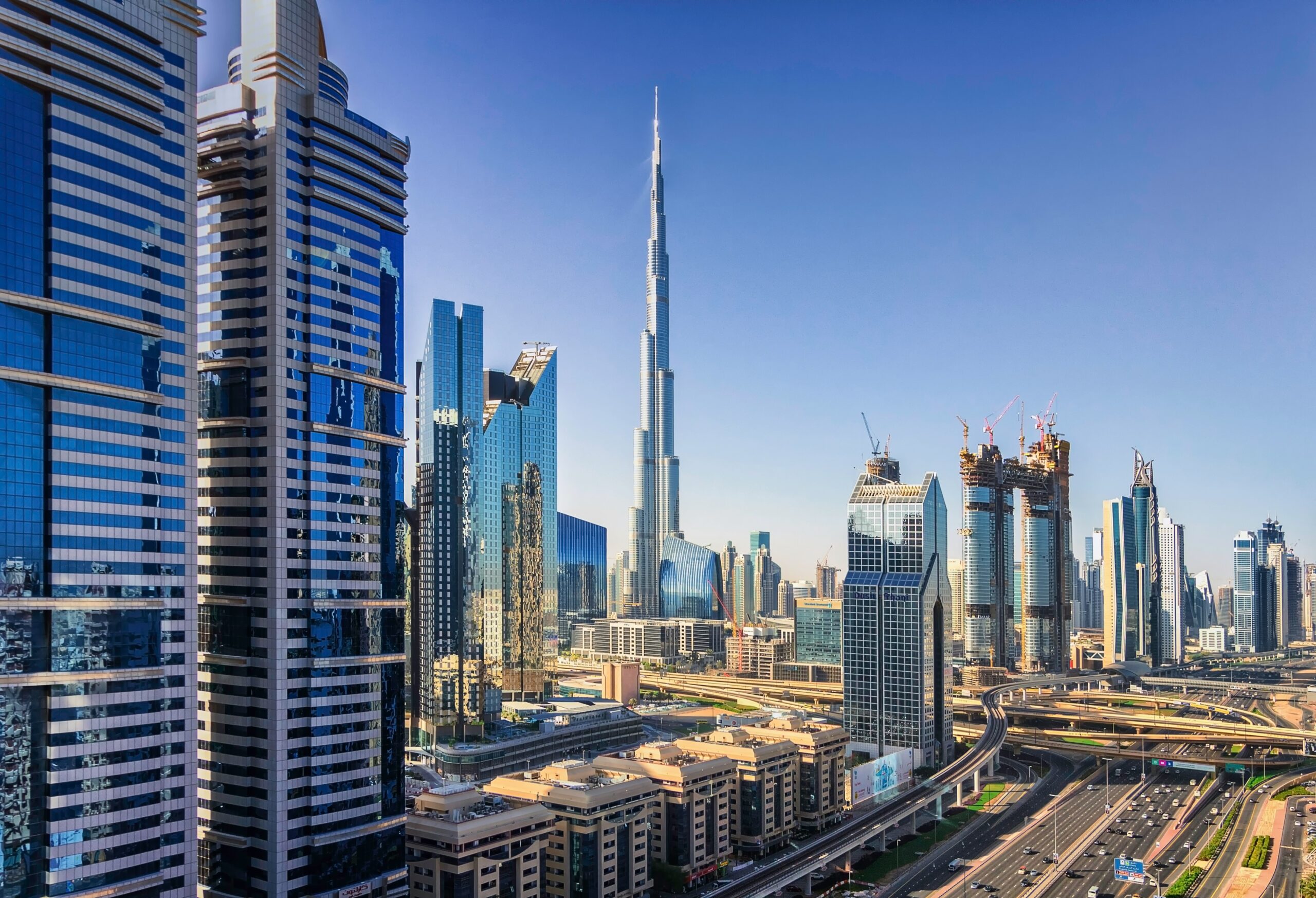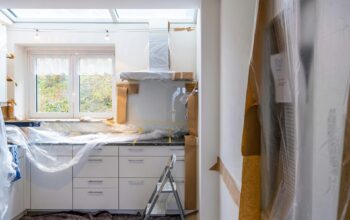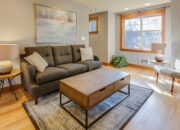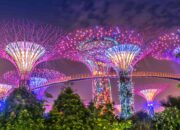Uzone.id – The Burj Khalifa in Dubai, United Arab Emirates is much more than a building; it is a symbol. This is the boldest expression of man’s desire to venture to the unknown and essentially even conquer it. Thus, Burj Khalifa which is at over 828m in height has risen to be looked at as an icon of luxury and technological advancement in today’s structures.
Construction of Burj Khalifa started in 2004 with the main goal of completing a building that would be the tallest in the world. The project was headed by Emaar properties which is the largest property development company in Dubai. The name ‘Burj Khalifa’ was decided to pay homage to the President of the United Arab Emirates, Khalifa bin Zayed Al Nahyan, who fully supported this rather daring idea.
“Burj Khalifa is not just a building, but a statement about Dubai’s ambition to be the center of the world. We wanted to create something that has never been seen before, an icon that will inspire generations to come.” – Mohamed Alabbar, Chairman of Emaar Properties
Burj Khalifa’s construction also used thousands of workers from different countries and took more than five years. The main challenge that was experienced was construction of such a tall structure in the middle of the desert. Other considerations that were put into consideration included issues to do with strong winds, high temperatures, as well as the type of soil.
“This project involved thousands of workers from many countries, each bringing unique skills and experiences. This international collaboration was key to the success of Burj Khalifa.” – Adrian Smith, Principal Architect, Skidmore, Owings & Merrill (SOM)
It is not easy to construct a structure to the height of Burj Khalifa, there are several issues of architecture that are considered before arriving at that particular height. One unknown force is wind load. As the weather in such a region is quite extreme, the wind at such altitude hits at quite a considerable pace. Wind is an extreme force that engineers have to counter structurally, thus they need to come up with a strong and flexible design.
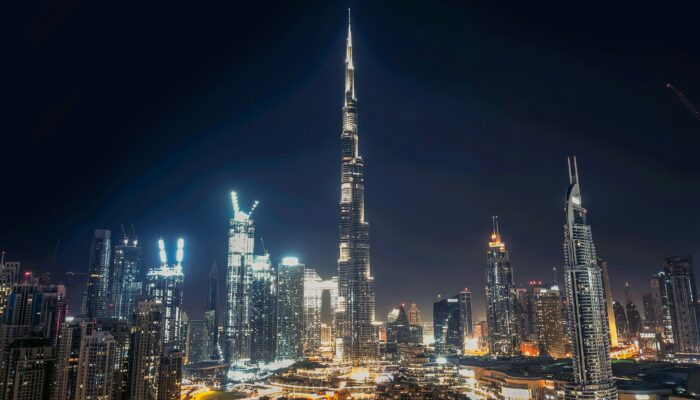
“Building the Burj Khalifa was like building a vertical city in the middle of the desert. Each floor was a new challenge, from the structural systems to the water and electricity supply. But the biggest challenge was managing the high winds that blow at that height.” – William F. Baker, Structural Engineer, Skidmore, Owings & Merrill (SOM)
One of the challenges faced is that it becomes very challenging to choose the right material that should be able to bear the huge weight of the building. Most of the construction material that is used is ultra-strong reinforced concrete and special glass for the outer part of the building.
On the other hand, the Burj Khalifa hosts a very complicated mechanical design of the interior such as the cooling system of the structure, elevators, and water pumps. All of these systems that I have presented have to be built to be optimally functional and dependable at such altitude.
As for below, the Burj Khalifa would need to be well constructed in a way to provide the sufficient support to take weight of this construction. They ensured that the structure to be built had a solid foundation and this required the engineers to dig a hole about 50 meters deep.
However, aesthetics have not been left out of the setting up process since there is always the issue of interior design. Burj Khalifa is shaped aerodynamically so that it can smoothen the effect of wind and also add class to the building.
To counter these challenges, engineers, and architects embrace the different technologies and innovations. Just as one would use Computer Aided Design (CAD) to have a pictorial view of the building and its structural make up. Another tool that engineers use in dealing with information includes Building Information Modeling (BIM), which is used to manage the information involved in projects in an integrated manner to enhance productivity as well as diminish the instances of errors.
Burj Khalifa has turned into one of the most popular recognizable structures and epitome of technological and architectural advancement. Furthermore this building has also added a lot of value to the economy of Dubai in many ways as will be discussed below. Burj Khalifa has benefited millions of global tourists visiting it hence improving the income from the tourism industry.
Burj Khalifa as a construction engineering project is unique and fascinating example that proves that people are capable of realizing architectural masterpieces. By means of this project, it is possible to conclude that Dubai has all the potential to become the world’s outstanding innovative city and a meaningful tourist attraction.

